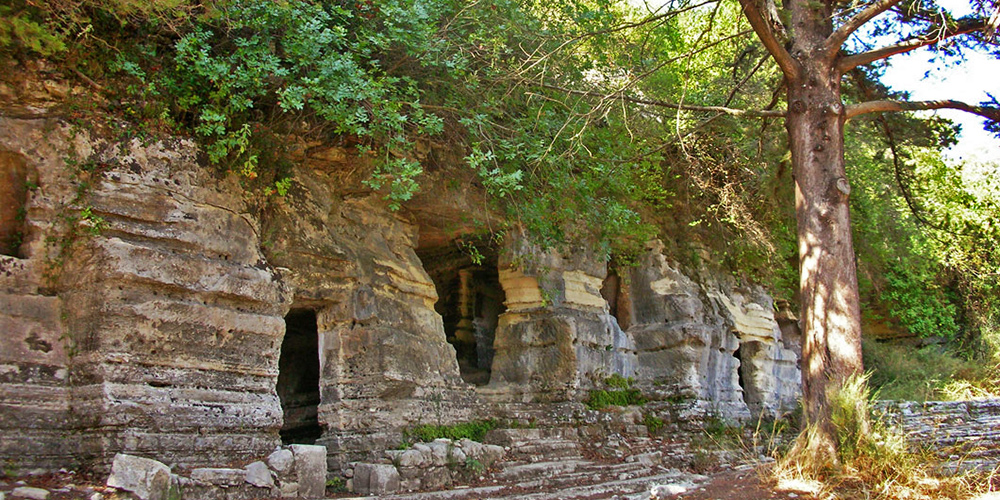Ancient Lappa was built on the site of the current village of Argiroupoli, in a verdant, fertile area, which is run through by two streams. Its dominion extended to current Rethymnon, Apokoronas, Agios Vassilios and Sfakia. Idramia (current Dramia) to the north and Finikas (near Loutro Sfakion) on the Libyan Sea shore, were the two ports of Lappa. Even though the city existed at least since the Geometric years, it reached its peak in the Hellenistic and mainly the Roman period. According to mythology, it was founded by king Agamemnon himself, and its residents were renowned warriors.

Even though Lappa was an ally of Knossos, in 220 BC it provided shelter to the people of Lyttos, after their city was utterly destroyed by the Knossians. Later on, it was destroyed by the Romans, however it was soon rebuilt and became more brilliant than ever. Lappa of the Roman years featured luxurious hot baths (thermae) and a mint, while it is reported that there were silver, gold and tin mines in the area. IntheEarlyByzantineperiod, Lappa continued to thrive and it possibly was the Bishop’s see of Lambi; traces of three Early Byzantine basilicas have been spotted in the area of Argiroupoli.
Even though no extensive excavations have been conducted, and there is not an organised archaeological site, traces of the past are evident in several places in the area. The most remarkable monuments to be seen are the Roman thermae and a large Roman cemetery at the location of Pente Partheni (= Five Virgins).
Archaeological finds from the Ancient Lappa area can be seen in the Archaeological Museum of Rethymnon; among these are mosaics depicting hunters and dogs chasing a bear and a deer, several marble statues, etc.








